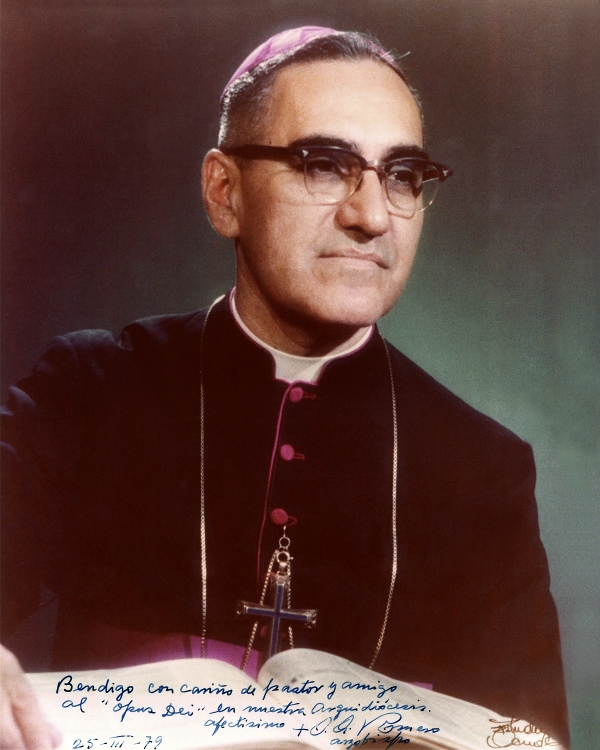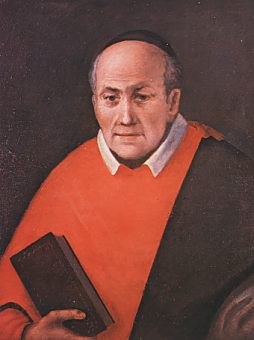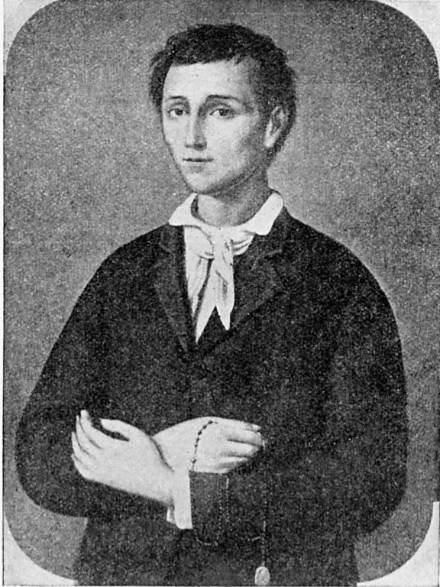Meet the Other Six Blesseds Being Canonized This Weekend
Who are the other six saints being canonized with Pope Paul VI?

Bl. Paul VI, the supreme pontiff from 1963 to 1978, will be canonized on 14 October 2018. He authored seven encyclicals in his first five years as pope. Humanae Vitae which caused much debate and controversy among Catholics would be his last with another ten years in the Chair of St. Peter.
I will be covering the canonization live from Rome on Twitter (@shaunmcafee) and Instagram (@shaunmcafee) if you would like to be part of the action.
This will be a beautiful moment in the 21st century as a pope will be canonized with a martyr, a bishop, two diocesan priests, two founders of religious orders, and one layperson. It will also be a historic moment since several of the new saints received their beatification from Paul VI, who will be canonized along with them. Who are these others, though?
Óscar Arnulfo Romero Galdámez (1917-1980).

He was the Archbishop of San Salvador. Well known among Catholics who lived through the event, Romero spoke out against poverty, social injustice, assassinations, and torture. His martyrdom came in 1980 when Romero was assassinated while offering Mass in the chapel of the Hospital of Divine Providence. No one was ever convicted for the crime.
Francesco Spinelli (1853-1913).
He was a priest of the Diocese of Cremona, Italy, and Founder of the Institute of the Sisters Adorers of Blessed Sacrament. Francesco was born in Milan in 1853 and was ordained to the priesthood in Bergamo on 14 August 1875 and not long after traveled to Rome to take part in the Jubilee that Pope Pius IX convoked. On 15 December 1882, he co-founded the Sacramentine Sisters in Bergamo with Saint Geltrude Comensoli that would devote itself to the Eucharist and to Eucharistic Adoration. He died in 1913, and his cause was started in 1926.
Vincenzo Romano (1751-1831).

Romano was a priest of the Archdiocese of Naples, Italy. Romano was from the village of Herulano who was noted for his simplistic and frugal manner of living and for his excellent care of orphans. But the French invaders in his area in addition to some of the Italian political groups oppressed him and his work. The people of Torre del Greco granted him the nickname "The Worker Priest" due to Romano's tireless work with the poor and for his commitment to the social needs of all people in the Neapolitan region. He was also noted for his efforts in rebuilding much of Naples following the 1794 eruption of Mount Vesuvius in which he cleared rubble and organized reconstruction efforts. He died in 1831, and he was beatified by Pope Paul VI.
Maria Katharina Kasper (1820-1898).
.jpg)
She was the Founder of the Institute of the Poor Handmaids of Jesus Christ. She is from Germany. Born Katharina but in religious known as Maria, she was a German Roman Catholic professed religious who entered the religious life later in her life despite having harbored a desire to become a nun for a considerable period of time. It had not materialized earlier due to aggravating circumstances such as the Kasper's poor economic status and the deaths of both a brother and her father. Her dedication to the poor and the ill was noted during her life and dedicated herself to this work with great zeal. She, too, also beatified by Pope Paul VI.
Ignacia Nazaria March Mesa (1889-1943).

Mesa was the Founder of the Congregation of the Missionary Crusaders of the Church. Ignacia was a Spanish Roman Catholic professed religious and the founder of the Missionaries of the Crusade. Mesa immigrated from Spain to Mexico where she joined a religious order that saw her minister in Bolivia where she remained for most of her life. She served brief stints in Spain to spread the religious order she founded after leaving her own order and relocated to Argentina where she later died. A great story is told that after founding the order, Mesa then embarked on a pilgrimage to Rome where she met Pope Pius XI in 1934 in a private audience. She told the pope at his feet that she wanted to die for the church, but Pius XI told her: "Do not die but live and work for the church" And so she did. She was later beatified by Paul VI.
Nunzio Sulprizio (1817-1836).

He was a young layperson of the Archdiocese of Naples, Italy. Early in life he worked as an apprentice blacksmith, suffered from poor health, and was considered to those who knew him to be a gentle and pious individual. He died before his 20th birthday but made a memorable and saintly impression on everyone who knew him. Such was the case during his illness, he needed to clean his sore on a constant basis since it oozed puss. There was one occasion where he went to a stream close to home to clean his wound, but a woman who came to wash her clothes chased him off after telling him that he would pollute the water. Instead, he found another stream and was able to recite several rosaries as he let the water clean his sore. On the date of his death, he asked for a crucifix to be brought to him before summoning his confessor and to receive the sacraments for the last time. The miracle that led to his canonization concerned a man who was injured in a motorbike accident who fell into a coma. One relic of Sulprizio was - at the request of his relations - placed in his hospital room. Almost a week later his parents were told he had made remarkable process and he awakened from his coma and was not in a vegetative state as was believed.
Again, I will be covering the canonization live from Rome on Twitter (@shaunmcafee) and Instagram (@shaunmcafee). Join me!
- Keywords:
- canonization
- saints














